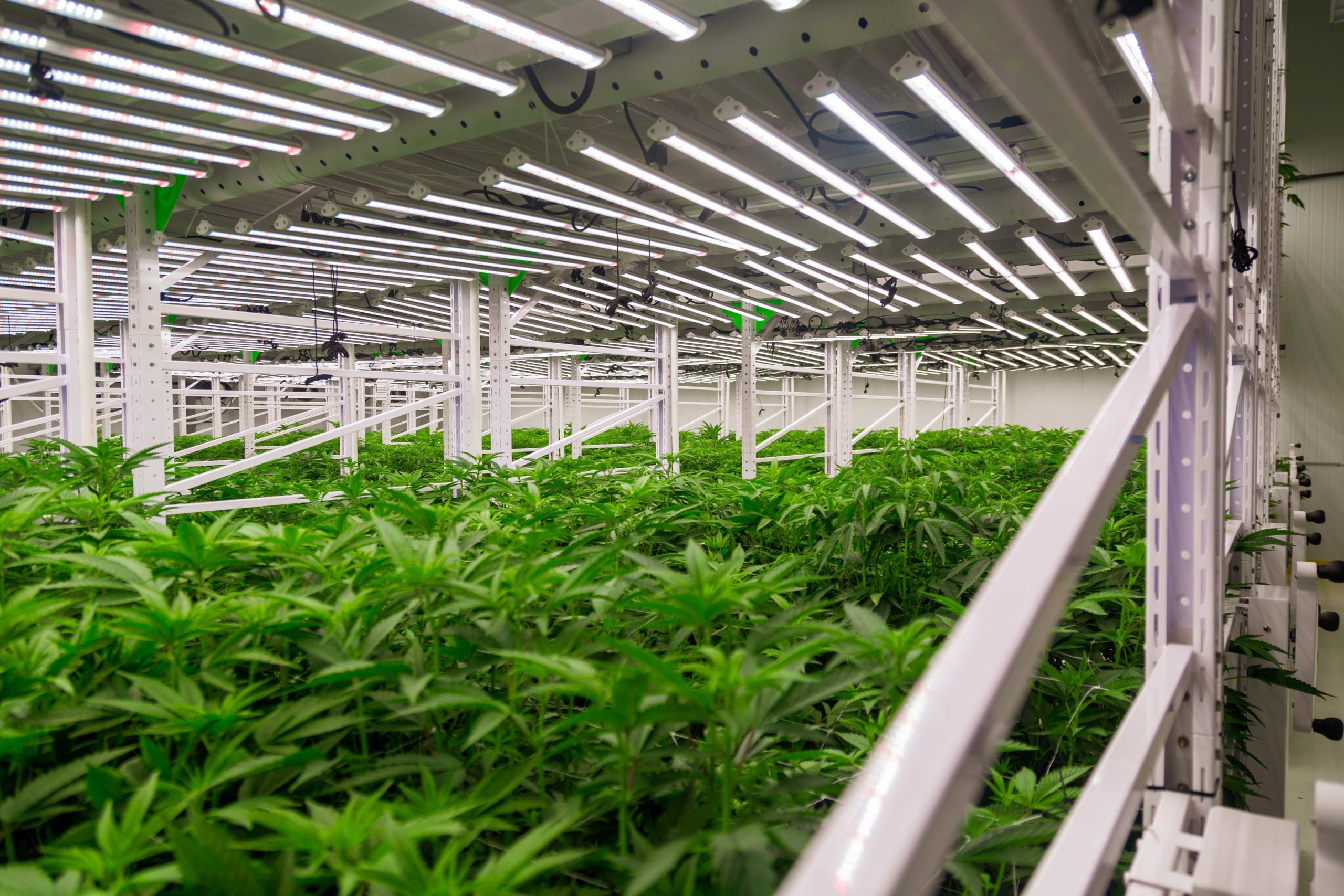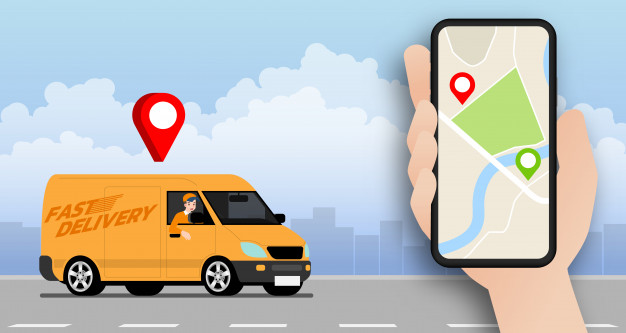Cannabis sales in the United States are expected to hit $100 billion by 2030, and yet dispensary owners still face hurdles before getting up and running, namely obtaining the right insurance coverage. Unlike a coffee shop or clothing store, it can be difficult to secure the insurance coverage needed to satisfy the requirements prescribed by the state and/or commercial leasing agreements.
Yet a simple answer to the dilemma exists. Increasing demand for cannabis business owner policies has prompted some retail insurance brokers to provide convenient turnkey solutions via digital commercial insurance platforms. These platforms circumvent the traditional underwriting process that could trudge on for weeks, allowing cannabis businesses to ramp up operations sooner.
Currently about 30% of insurance customers interact with and purchase from their insurance provider digitally for their business needs. This can be a game changer for a fast-growing cannabis business operator.
What do you need to obtain insurance online?
Obtaining insurance online lets dispensaries secure a complete, holistic insurance policy in one quick pass to cover the industry’s unique risks.

Like any other commercial business package policy, you’ll need to provide details about your business and its operations when harnessing a digital insurance platform.
The first piece of information needed will be proof of licensing with the applicable state or commonwealth where the business operates. This piece is critical since cannabis is still illegal at the federal level. In addition, businesses will need to have other basic data on hand before finding coverage online, including:
- The legal name of the business
- Tax identification number
- Operating locations
- Annual or monthly sales projections
- Number of employees
A Closer Look at Cannabis Coverages
Crime, extreme wealth conditions and legal challenges count among the risks faced by cannabis dispensaries. Here are three essential coverages important for cannabis business owners and operators.
- Commercial property insurance. Owned cannabis dispensary properties can face perils such as fire, storms, theft and vandalism. Buildings hold value and need to be repaired or replaced if any adverse events occur. Leased properties may contain equipment and fixtures owned by the business and subject to the very same hazards. Commercial property coverage can help cover the cost of replacing business contents and inventory if damaged through a peril covered by the policy.
- General liability insurance. Cannabis retail outlets experience a high volume of foot traffic from customers, vendors and technicians, for example. As such, trips, slips and falls could occur and lead to lawsuits. General liability insurance helps cover legal defense costs should any of these parties seek to recover compensatory damages from accidents and mishaps on the property or occurring elsewhere in a business-related capacity.
- Product liability coverage. Issues such as quality control with infused products and concentrates can be a concern for cannabis purveyors. Lawsuits arising from mislabeled or improperly tested products likewise need to be defended by cannabis businesses. Comprehensive product liability coverage can meet the needs of cannabis dispensaries promoting and selling a unique variety of product offerings.
Outside the standard commercial package offering, dispensaries can opt for coverage such as business interruption insurance, which helps pay overhead costs if the operation must temporarily cease due to a covered peril.
Cannabis businesses also often need to retain workers compensation insurance that helps pay for lost time and/or medical bills incurred by employees who become ill or injured on the job. Commercial crime policies help cover losses that may occur on premises or in transit in a cash-centric business.
If cannabis industry owners and managers use an online platform for their insurance needs, they could secure a certificate of insurance in as little as 24-48 hours. HUB’s digital commercial insurance platform, powered by Insureon, is one such direct-to-consumer solution. The platform is ideal for licensed retail cannabis dispensaries in all legal US states.















 The California Cannabis Track-and-Trace system (CCTT) gives state officials the ability to supervise and regulate the burgeoning cannabis industry in the golden state.
The California Cannabis Track-and-Trace system (CCTT) gives state officials the ability to supervise and regulate the burgeoning cannabis industry in the golden state.